Learn to make a simple immune-boosting and virus-fighting echinacea tincture with the leaves and flowers from your immature echinacea plant or the roots of your mature echinacea plant.
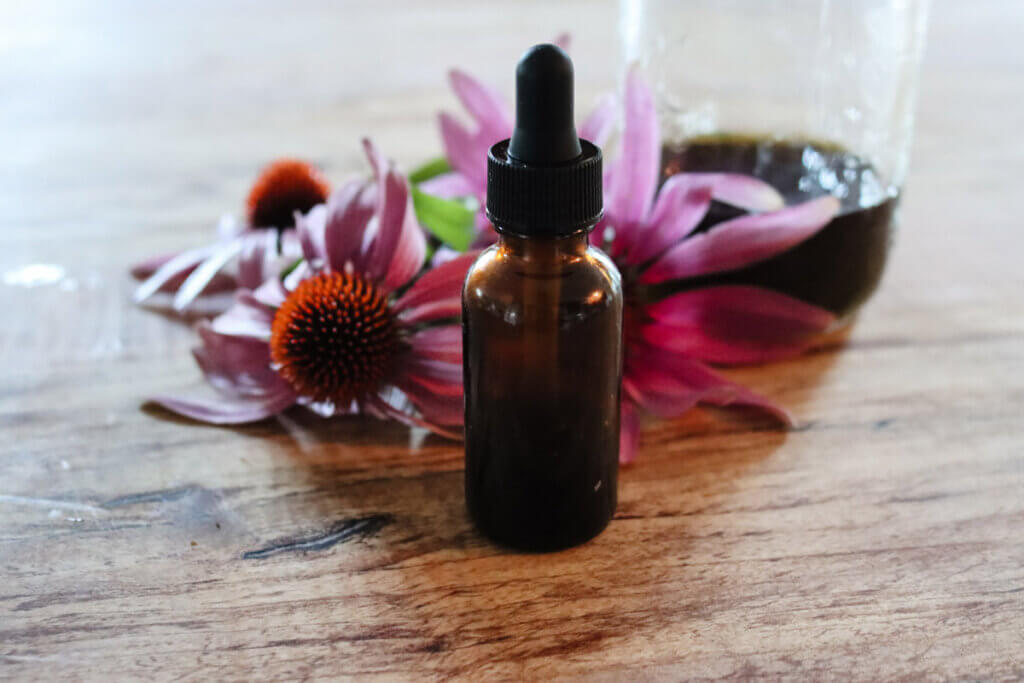
If you’ve been here before, you know I’m a huge advocate of using natural remedies to improve my health and boost my immune system. (I also love to boost my immune system naturally with the foods I eat.) Whether it’s making homemade elderberry syrup (or these 29 elderberry recipes), herbal wound healing salve, or learning more about using medicinal herbs at home, I’m always studying!
It’s important to note that I am not a certified medical practitioner, and this post is not intended to diagnose or treat but is for informational purposes only. Please contact your medical care professional before introducing new herbal remedies into your wellness routine.
Table of Contents[Hide][Show]
- Why I Love This Remedy
- What is Echinacea Tincture Used For?
- Which flowers and leaves are best?
- How to Harvest Echinacea for Tincture
- How to Make Echinacea Tincture
- How to Store Echinacea Tincture
- How Long Does My Tincture Last?
- How Much Echinacea Tincture Should I Take?
- When To Take Echinacea Tincture
- Can You Take Echinacea Every Day?
- Who Should Not Take Echinacea?
- How Much Alcohol Am I Taking In My Tincture?
- Can I Make Echinacea Tincture Without Alcohol?
- Types of Echinacea
- Where to Get Echinacea
- Free Herb Class
- Other Herbal Posts You May Like
- Echinacea Tincture
Why I Love This Remedy
One of the amazing things about echinacea is not only is it gorgeous, but you can also harvest the flowers and the leaves before the plant is old enough to begin harvesting the roots.
Medicinally, most people prefer to use the roots because they feel there are stronger medicinal powers in the roots. However, most plants need to be at least 2-3 years old before you start harvesting the roots so you still have some that will come back the next year and grow flowers.
If you have plants that aren’t quite old enough, you can harvest the leaves and flowers and still get some great medicinal benefits.
What is Echinacea Tincture Used For?
Echinacea is an herbal flower that can be steeped in alcohol to create an herbal supplement. When taken at the first signs of a cold or flu this herbal remedy can help fight off the virus. (Source)
It’s important to use this tincture before the virus has a chance to enter the bloodstream, as it’s ineffective on the virus once it’s past the blood-brain barrier.
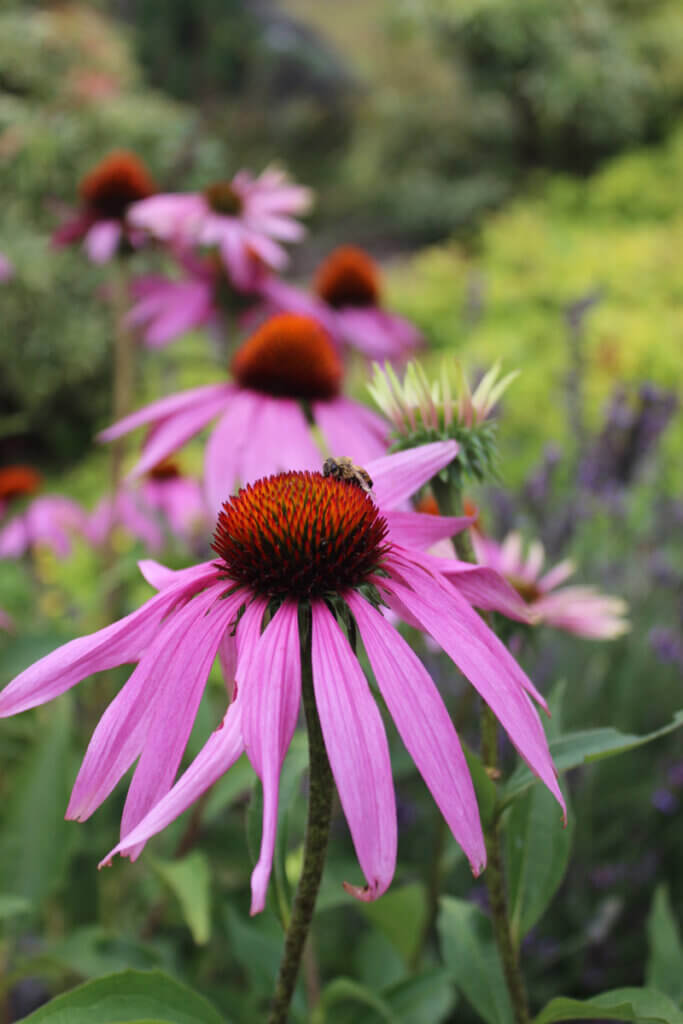
Subscribe to Melissa K. Norris!
Get updates on the latest posts and more from Melissa K. Norris straight to your inbox.
We use your personal data for interest-based advertising, as outlined in our Privacy Notice.
Which flowers and leaves are best?
You want to look for the healthiest and most vibrant flowers and leaves. Don’t harvest flowers or leaves that have begun to wilt or dieback.
Some herbalists say that the flowers and leaves from the Echinacea Angustifolia family have more medicinal properties than other varieties, but any echinacea leaves and flowers will still have some immune-boosting properties as well as anti-viral and anti-bacterial benefits. (Source)
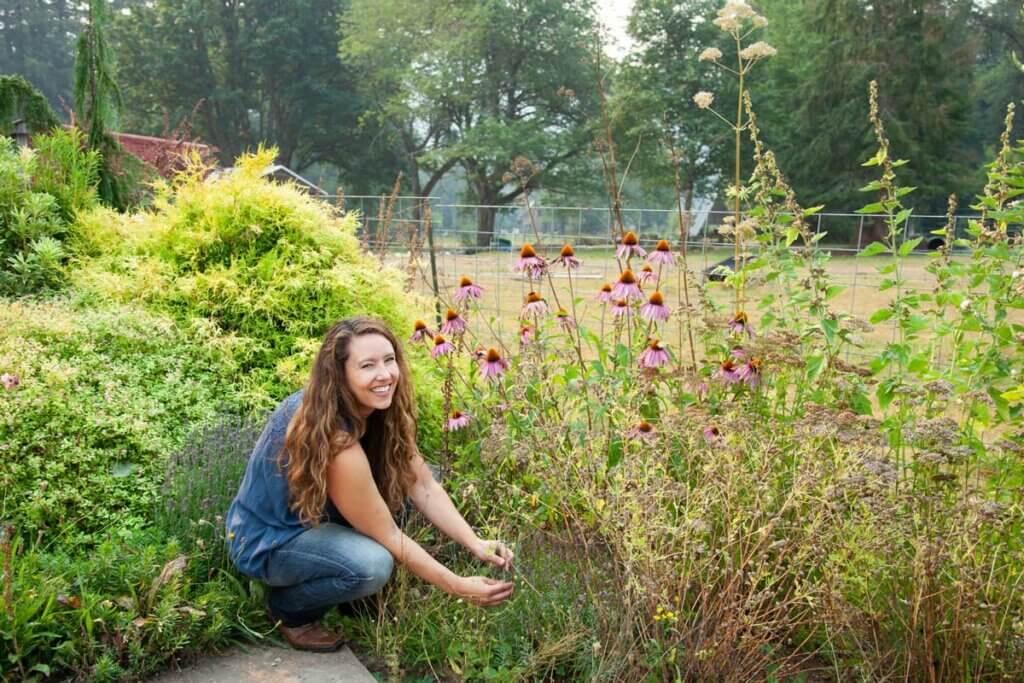
How to Harvest Echinacea for Tincture
Find the best, most vibrant flowers and leaves and snip them off the stem using kitchen shears.
It’s really that simple! You can harvest your flowers and leaves throughout the growing season, or just wait until the end of the season and harvest the last flowers before they begin to die back.
Place the flowers and leaves into a bowl or colander. Know that for this tincture you’ll need a 1:2 ratio of flowers to alcohol by weight. So it might be helpful to know how much tincture you want to make before you harvest your flowers.
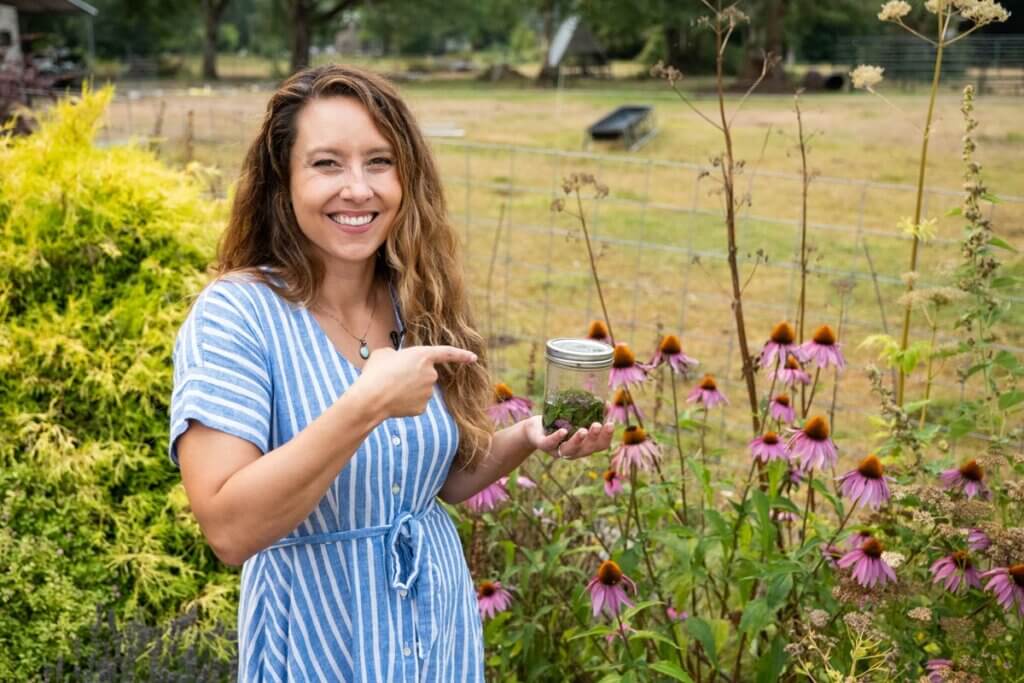
How to Make Echinacea Tincture
1. After harvesting the leaves and blossoms, bring them into the kitchen and rinse them well under cold running water in a colander.
2. Allow the leaves and flowers to air dry.
3. Grab a kitchen scale and place a mason jar on the scale then tare it to zero.
4. Fill your jar with your flowers and leaves then take a look at the weight. You want to do a 1:2 ratio of fresh flowers to alcohol. Example: I had 1.4 ounces of fresh echinacea leaves and flowers, so I used 2.8 ounces of vodka for the tincture.
TIP: When making tinctures with fresh plant material (not dried) it’s best to use a 190 proof (or 95% alcohol) as this will help draw out all the medicinal qualities in the flowers and it will help keep the bacteria at bay due to the higher strength alcohol.
5. Add your alcohol (twice as much as the flower petals and leaves), screw on the lid to your jar, give it a good shake, then remove the lid and push all the flowers and leaves down beneath the alcohol so everything is submerged, recap the jar and let it sit at room temperature for two weeks.
6. Every time you walk past your jar, give it a good shake!
7. After two weeks strain out the flowers and leaves through a fine mesh colander and bottle up the liquid into an amber dropper bottle.
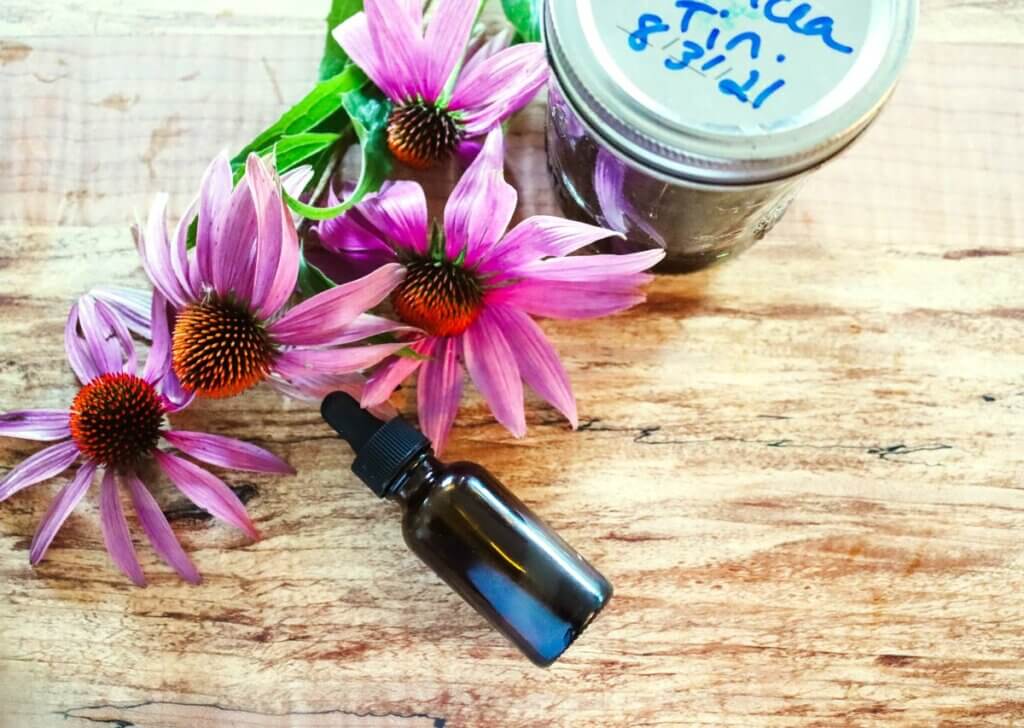
How to Store Echinacea Tincture
A tincture is shelf-stable for years when stored correctly. I like to use 1-ounce amber glass bottles with a glass dropper. This is perfect for easy dosages, and the dark amber bottle will help keep sunlight from penetrating and degrading the tincture.
How Long Does My Tincture Last?
Because of the alcohol base, the echinacea tincture will be good at room temperature for years on the shelf (if stored out of direct sunlight). So you may not even need to remake this tincture yearly, depending on how often you use them.
How Much Echinacea Tincture Should I Take?
For adults and children, 12 years of age and older, at the first signs of illness, take one dropper-full (30 drops or 1.5 ml’s) until symptoms cease or diluted in a small amount of water or tea three or four times daily.
For sore throat/tonsillitis and/or onset of cold/flu symptoms Herbal Antibiotics recommend one dropper-full (30 drops or 1.5 ml’s) every hour until symptoms cease. (Source)
From Herbal Antivirals by author Stephen Harrod Buhner, says with echinacea purpurea (which he feels is less effective than echinacea angustifolia) that its effectiveness is greatly reduced when taken in water and recommends mixing it with your saliva for strep throat/tonsilitis symptoms. (Source)
Interested in learning more about herbs and home remedies, especially concerning safety and dosing, be sure to sign up for my free herb class where we’ll go into more depth about using herbs medicinally for you and your family.
When To Take Echinacea Tincture
You must take your tincture at the very first signs of illness. When the tincture comes into contact with the virus, it can actually help fight it off, or keep it from replicating and becoming a full-blown illness.
If you’re already sick, the echinacea tincture will not be as effective because once the virus is deep into the cells the anti-viral capabilities are reduced.
However, echinacea is an immune stimulant (which means it should NOT be used daily for a prolonged period or as a preventative) and can aid the immune system to fight off the illness.
Those with an auto-immune disorder should check with their medical practitioner to make sure it’s safe for them. If you’re allergic to plants in the Compositae family you may have contact dermatitis issues with the aerial parts of the plant.
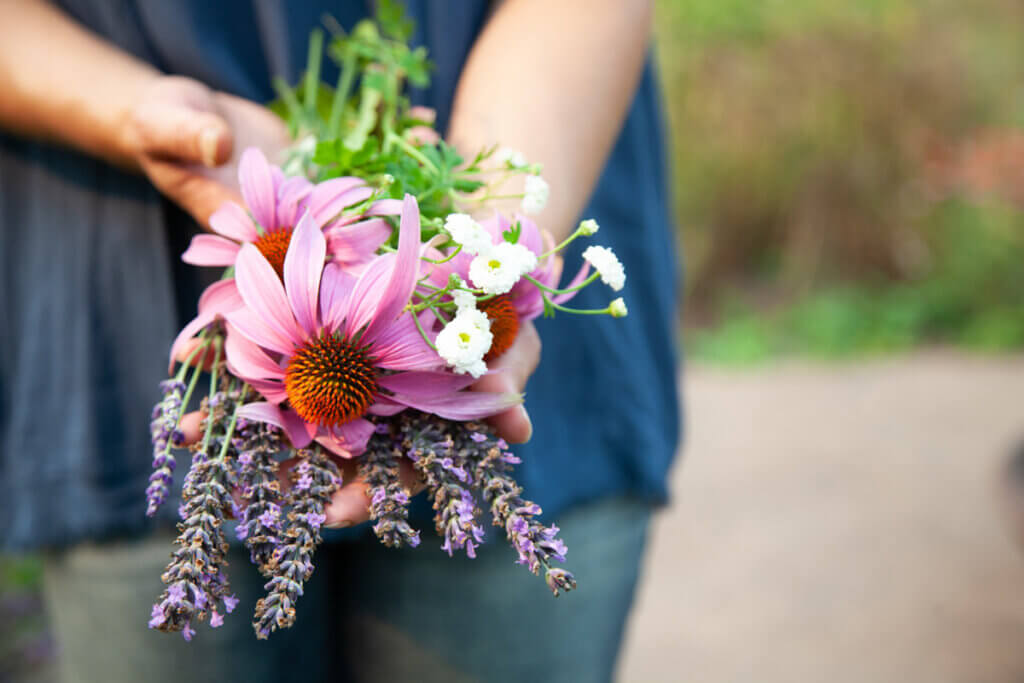
Can You Take Echinacea Every Day?
Yes and no, only when you begin to feel symptoms appear from a cough/cold/or flu. It may be taken daily only during the acute onset of symptoms and shouldn’t be used for more than 8 weeks at a time.
Who Should Not Take Echinacea?
Those with an auto-immune disorder should check with their medical practitioner to make sure it’s safe for them. If you’re allergic to plants in the Compositae family you may have contact dermatitis issues with the aerial parts of the plant and should avoid it.
How Much Alcohol Am I Taking In My Tincture?
Because you dilute the tincture into water or hot tea, the end result of your dose will have very negligible amounts of alcohol.
If you add your tincture to something like hot tea, the alcohol will also evaporate out, so this is how I like to give it to my children.
It’s also easier for them to stomach since some kids don’t care for the taste of tinctures, especially echinacea. It can cause a numbing sensation in the mouth.
Can I Make Echinacea Tincture Without Alcohol?
Yes, you can use a glycerin or vinegar base echinacea tincture, but this doesn’t always work with all herbs.
When you’re working with plant roots or plants that contain more resin, you really need the alcohol base to draw out the medicinal purposes of the plant.
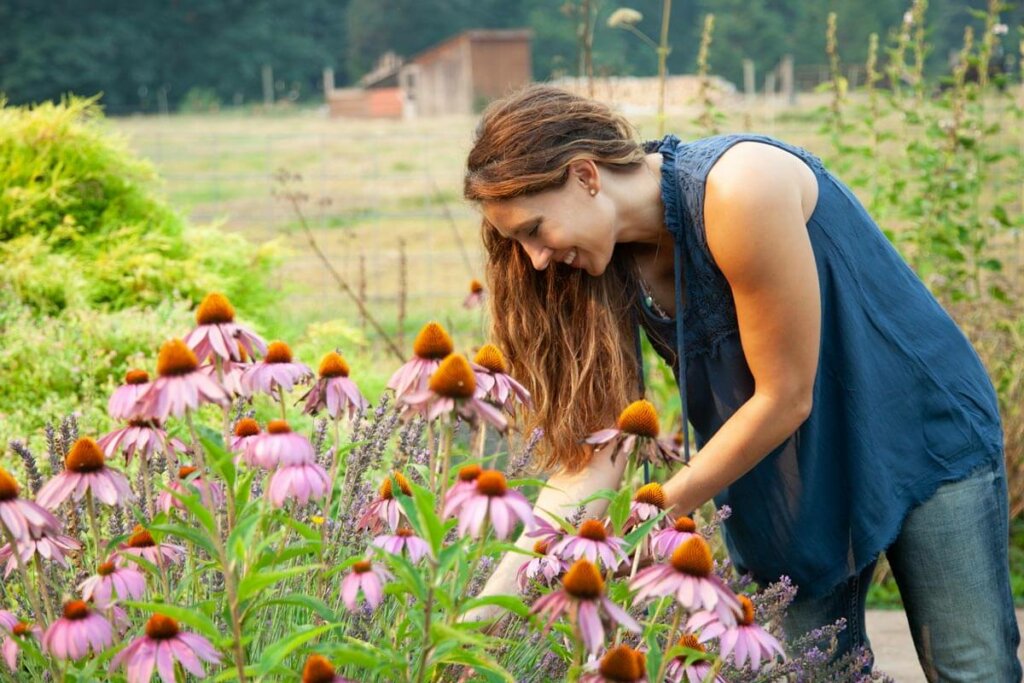
Types of Echinacea
When it comes to the different types of echinacea, the most commonly used varieties for medicinal uses are Echinacea Angustifolia and Echinacea Purpurea.
Most herbalists say that Echinacea Angustifolia contains stronger medicinal properties and recommend using the root over the flowers.
But even if you’re using Echinacea Pupurea and using the flowers and leaves, not the roots, there are still great immune-boosting properties as well as is anti-viral and anti-bacterial benefits.
Where to Get Echinacea
I recommend growing it yourself, but if you missed planting it this year and don’t have any friends growing it, then one of my trusted online sources is Starwest Botanicals organic echinacea.
However the areal parts are the most potent when used fresh, so I wouldn’t recommend doing a tincture with the dried flower and leaves. Instead, the root would be best and then a tincture ratio with dried plant matter would be 1:5 with 70% alcohol.
Free Herb Class
If you’re interested in learning more about herbs and home remedies, be sure to sign up for my free herb class where we’ll go into more depth about using herbs medicinally for you and your family.
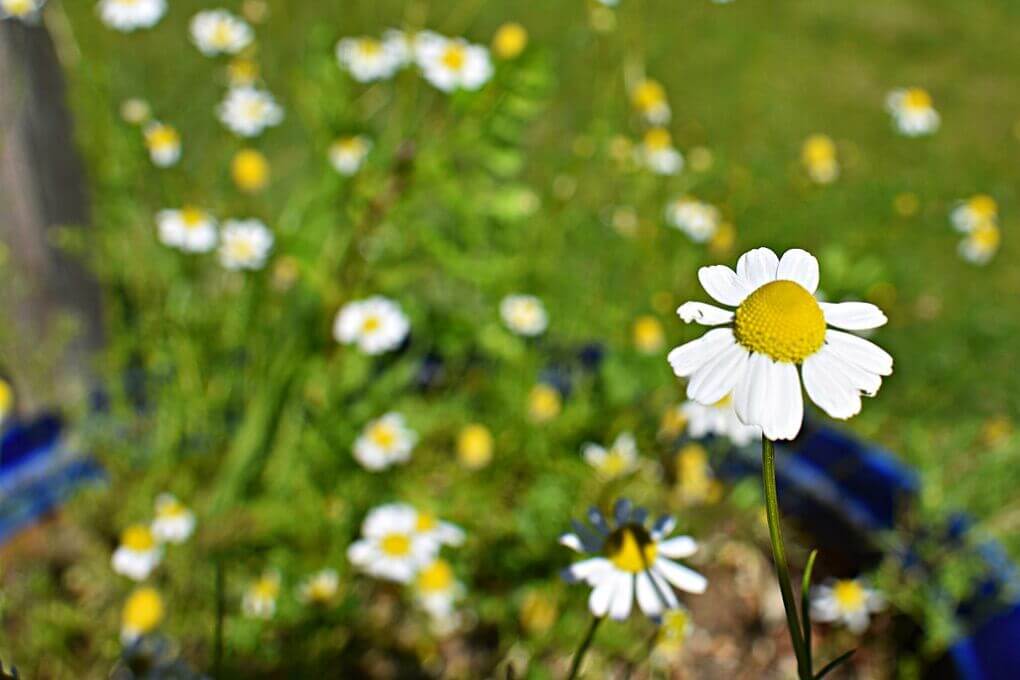
Other Herbal Posts You May Like
- Best Method for Drying Herbs (For Stronger Medicinal Properties)
- Best Medicinal Herbs to Grow From Seed
- Growing Cut Flowers for Business or Pleasure
- Herbal Home Remedies for Cold and Flu
- Herbal Medicinal Tea (How to Make Your Own)
- Homemade Calendula Oil (+ How to Use It)
- 5 Tips to Harvest Herbal Flowers for Medicinal Purposes
- Homemade Traditional Fire Cider Recipe & Benefits
- Alternative Medicine & What to do if Your Medicine Isn’t Available
- The Link Between Honeybees & Plant Medicine
Did you make this recipe? I’d love it if you leave a star rating on the recipe card below, then snap a photo and tag me on social media @melissaknorris so I can see!

Echinacea Tincture
Equipment
- Tincture Bottle
- Glass jar with lid
Ingredients
- 1 ounce echinacea flowers and leaves
- 2 ounces vodka 190 proof, or 95% alcohol
Instructions
Harvest the Flowers
- Harvest the flowers and leaves from the echinacea plant. Choose flowers and leaves that are bright and vibrant (not beginning to wilt or die back).
- Give the flowers and leaves a good rinse and allow them to air dry.
Make the Tincture
- Place a mason jar onto a kitchen scale and hit "tare" to zero out the weight.
- Add your echinacea leaves and flowers to the jar, packing down gently, if needed.
- Remember the weight (in ounces) of the flowers and leaves, then add double the weight (in ounces) of vodka.
- Add lid and give the jar a good shake to start the process.
- Remove the lid and push any flowers or leaves below the surface of the alcohol, replace lid and set on the counter, out of direct sunlight, for two weeks.
- Each time you walk by the jar, give it a good shake (at least once daily).
- Tincture is ready in 14 days.
Strain Tincture
- Once tincture is complete, strain out flowers and leaves using a fine mesh colander. Transfer liquid into glass amber dropper bottles.
- Store out of direct sunlight and follow dosage instructions in the notes section below.
Notes
- Store tincture out of direct sunlight
- Tincture is good for many years when stored correctly (using 190 proof alcohol).
- Dosage:
- Adults and children 12 years of age and older: at the first signs of illness, take one dropper-full (30 drops or 1.5 ml’s) until symptoms cease or diluted in a small amount of water or tea three or four times daily. For sore throat/tonsillitis and/or onset of cold/flu symptoms Herbal Antibiotics recommend one dropper-full (30 drops or 1.5 ml’s) every hour until symptoms cease.
- Children 2-11 years old: No information listed for children as a standard/safe dose but has been used in clinical studies with children with good outcomes.
- Babies: not recommended for kids under the age of 2
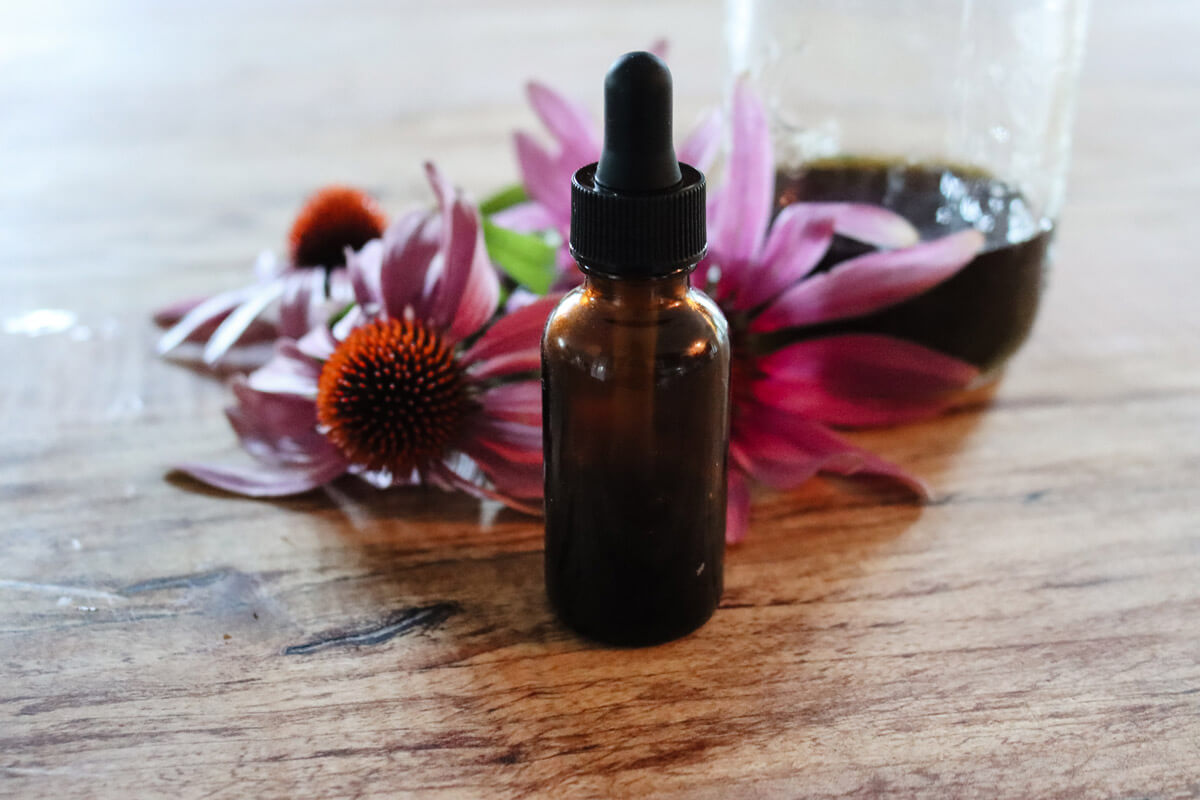
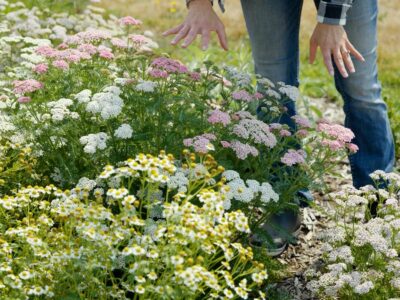
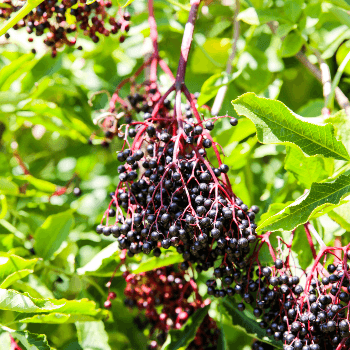
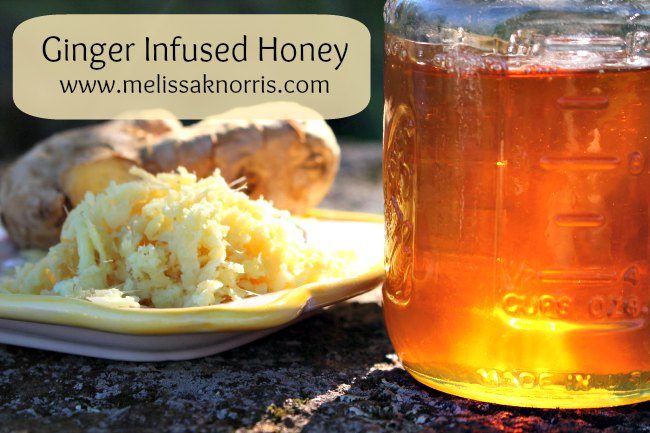
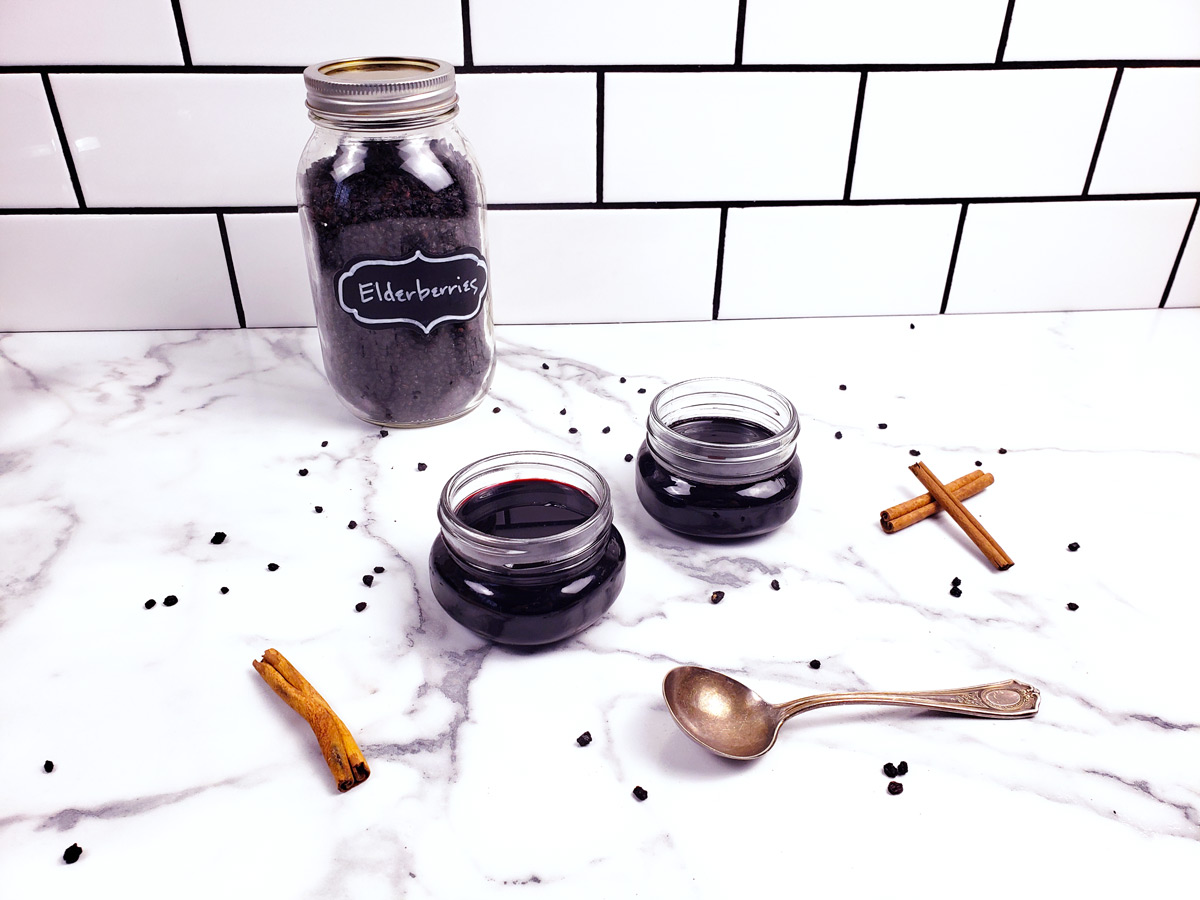

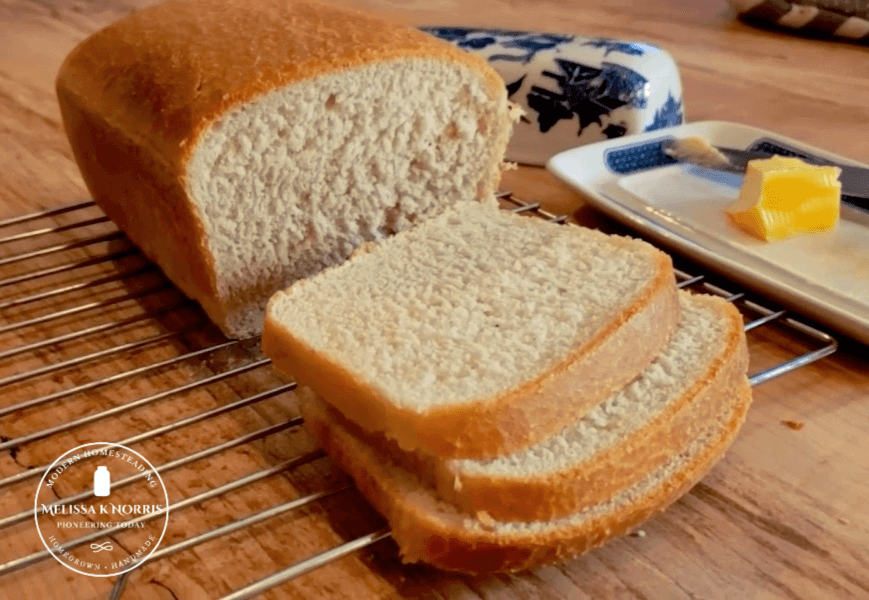
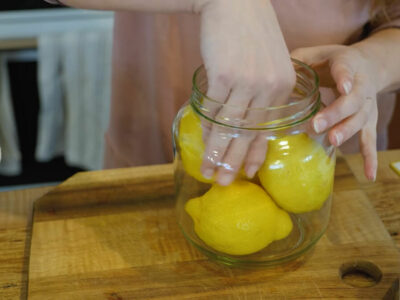



Wonderful article! I have a jar of dried echinacea. Can dried be substituted for the fresh flowers and leaves?
Do you use the entire blossom, or just the petals of the flower when making a tincture?
Entire blossom
In addition to my purple echinacea, I have some yellow echinacea. Can this yellow be effectively used to make this tincture as well?
Hello, thanks for posting this! I just tried this today and am wondering… What does it mean if the flowers turn brown after adding the vodka? Thanks!
I made this elderberry tincture…I took it all winter, with no illness! Great!!!
I’m aware of that but there are still medicinal properties in the leaves and blossoms while one is waiting for the plant to be old enough to establish the root system for harvest. And while Angustifolia does have stronger medicinal properties, purpurea does still have some benefits. There is nothing terrifying in this post and when using fresh leaf matter you want 190 proof as I laid out. Each herb has specific proofs (I have done my research) as well as doses and for the leaf matter, for fresh plant echinacea tincture the proof I recommended is correct, I spoke correctly (and this is also why I use a scale because the method you’re referring to leaves much room for error).
In australia we can’t get 190 proof anything except rubbing alcohol and that cannot be used to ingest. What can you recommend please?
The highest proof you can get.
Thanks for this tutorial! Can you do one on how to make a tincture with the roots, and when you know it is big enough to do that? Thank you!
The plant needs to be three years old before harvesting the roots, mine won’t be that big until next year.
Thank you! My plant will be three years old next year too!
I used this to stop covid symptoms.
This sounds easy and interesting. Can you define what using “immature flowers and leaves mean?” I think my flowers are just past the peak so it may be too late for this year. Thank you!
You don’t want them to be past prime, so when they begin to blossom but before you see browning/wilting on the petals.